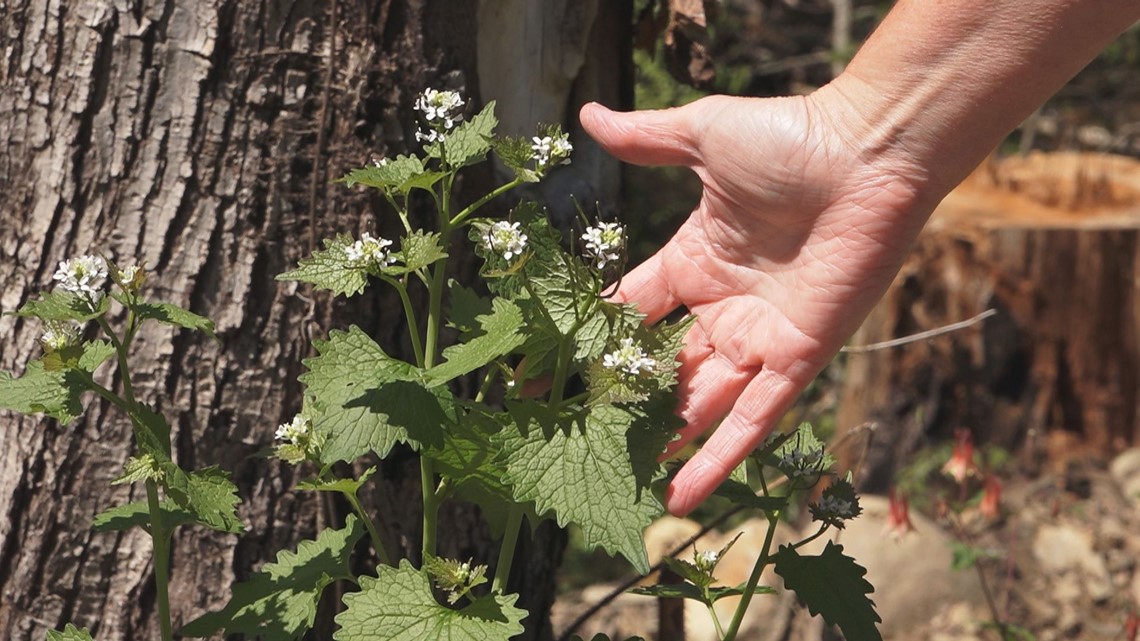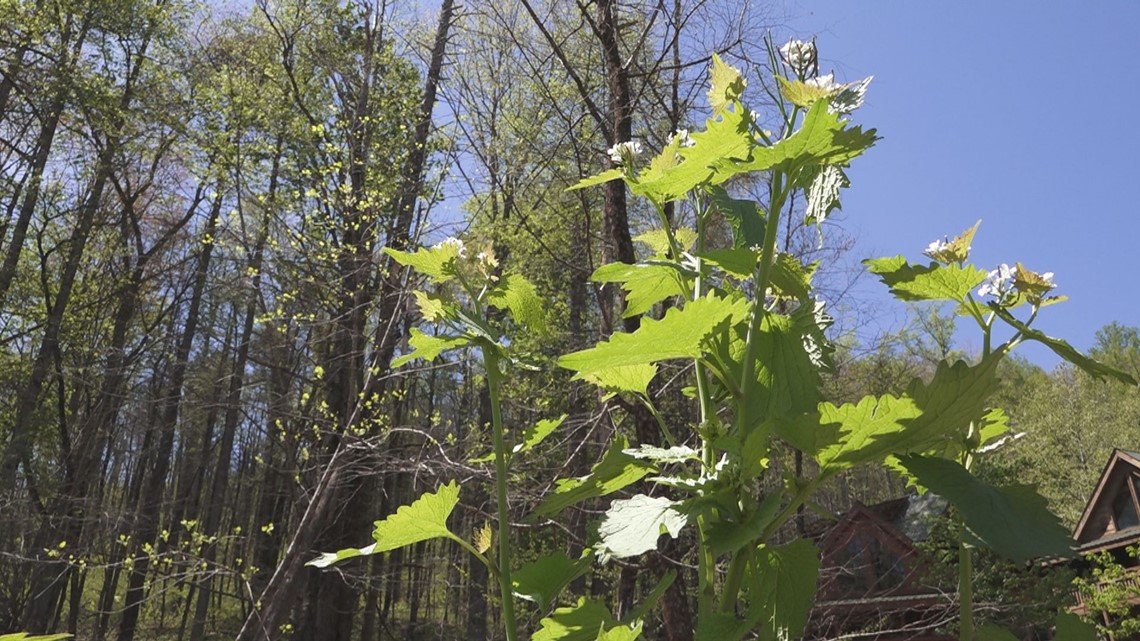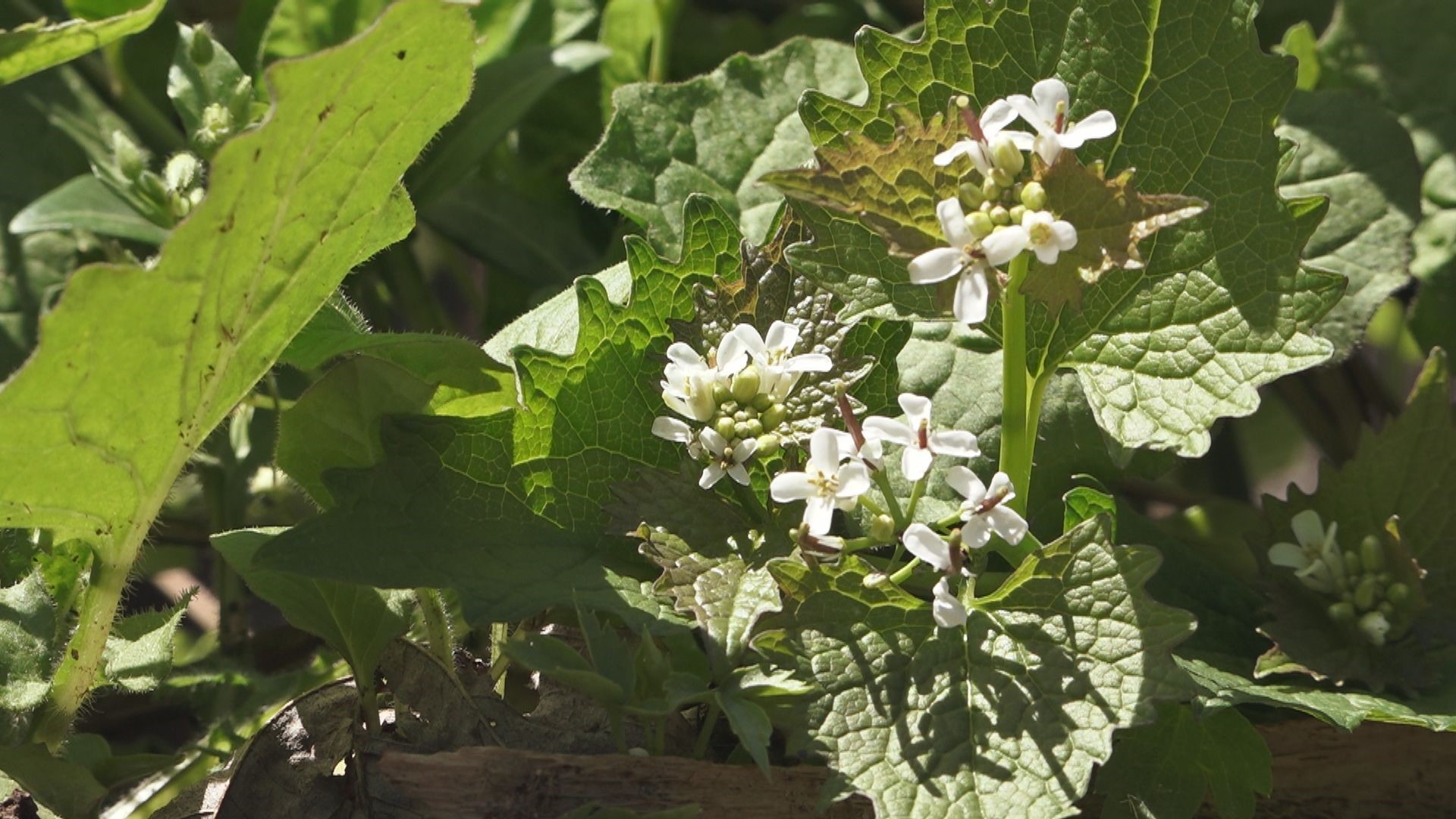GATLINBURG, Tenn — This is the time of year when people normally flock to the Great Smoky Mountains and other parks in East Tennessee to enjoy the scenery of spring wildflowers.
The Smokies may be currently closed due to COVID-19 precautions, but you can still help the wildflowers flourish inside the national park by attacking an invasive species in your neighborhood.
"Garlic mustard is one of the most invasive spring wildflower species. Right now you can spot it by its small white blooms. It takes over areas that would normally be occupied by our beautiful native wildflowers. Just one of these plants can make thousands of seeds," said Dana Soehn, spokesperson for the Great Smoky Mountains National Park (GSMNP).


This is a vital time to destroy garlic mustard weed. Right now, it is easier to spot due to its small white flowers. You also want to eliminate the plant before it can spread its seeds.
"The seeds can remain active for up to 10 years. They can spread by the wind. They can spread by getting in dirt that's moved and filled in somewhere else. The seeds can also be spread by water. If the plant is found growing next to a river, the seeds can easily be spread along the course of the river," said Soehn.
Garlic mustard is just one of several invasive species of plants that take over areas and hurt native flowers. Another destructive plant that flowers this time of year is coltsfoot. It resembles dandelions when it blooms in the spring and creates a destructive web of dense roots that dominate the terrain.


"You would have found yellow trillium, columbine, and some really beautiful native wildflowers that people could be enjoying. You can be helping us take care of wildflowers regionally by helping us remove the non-native invasive species," said Soehn.

